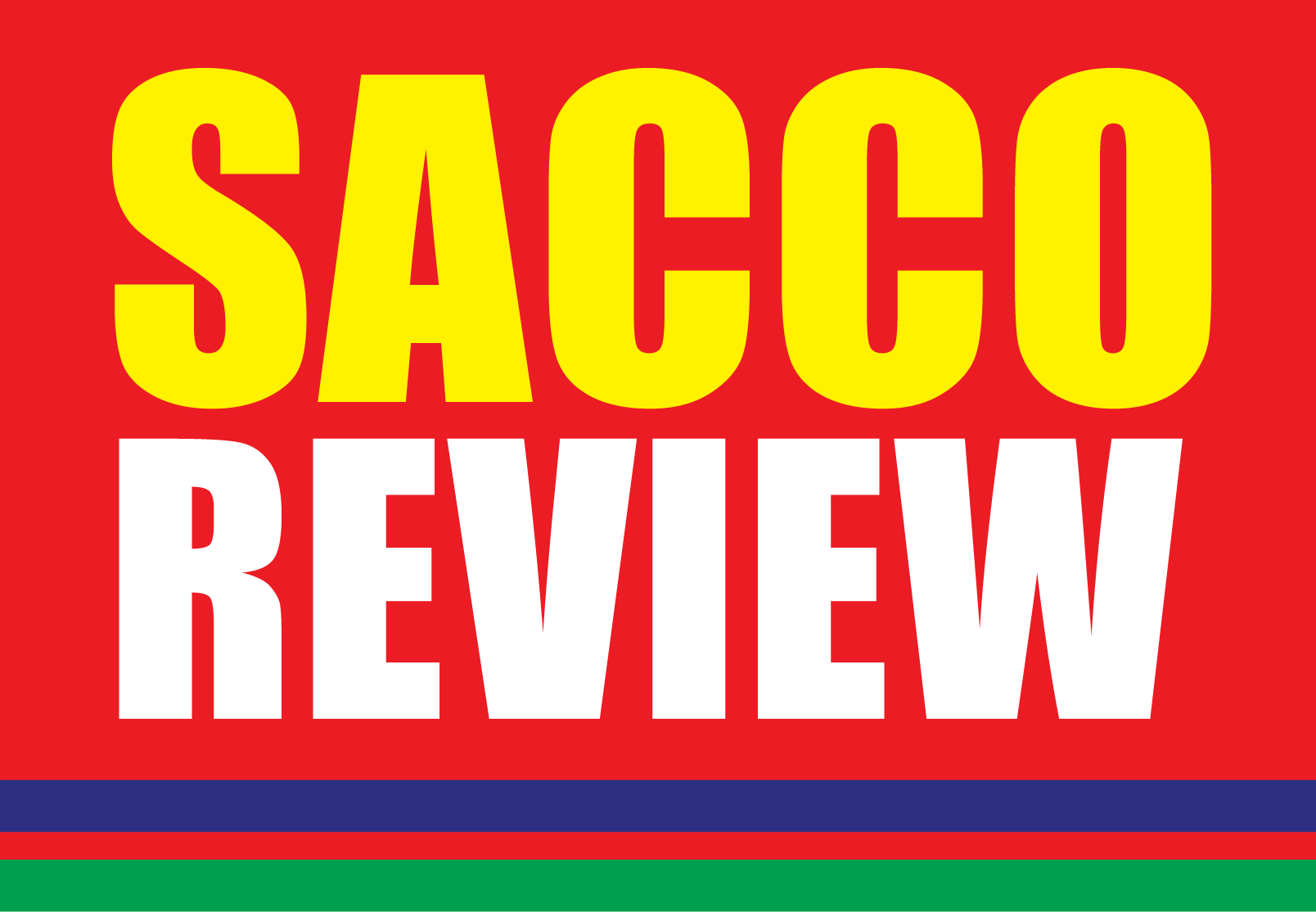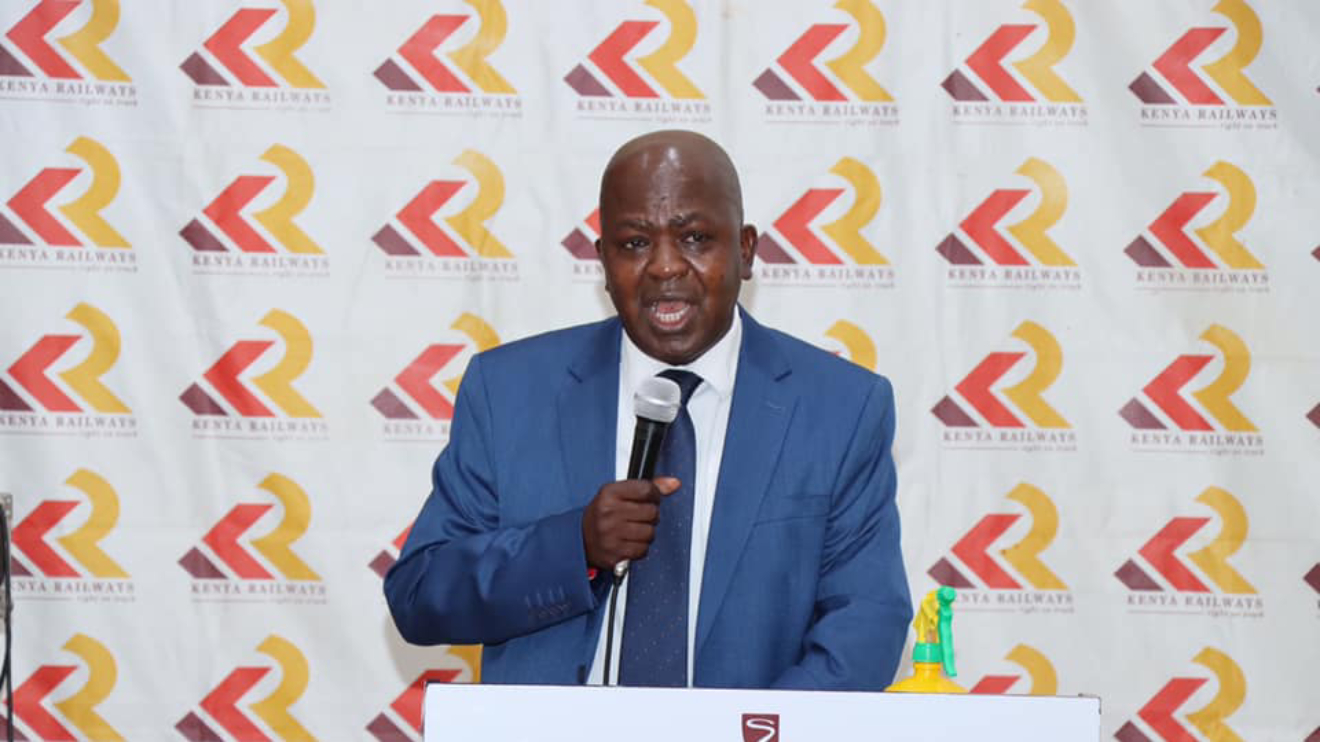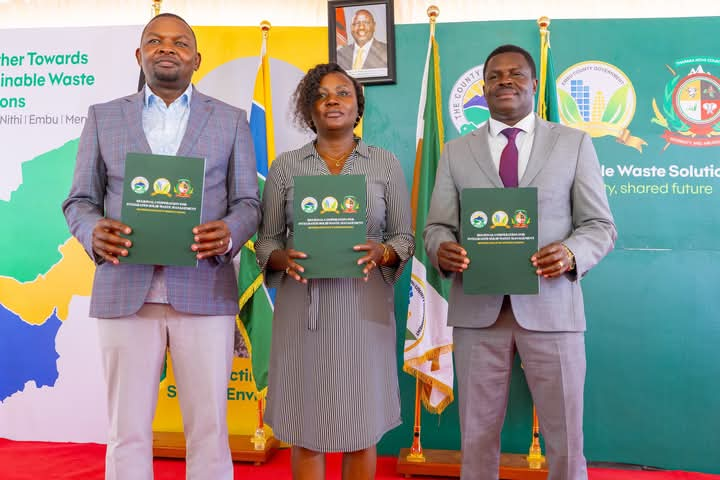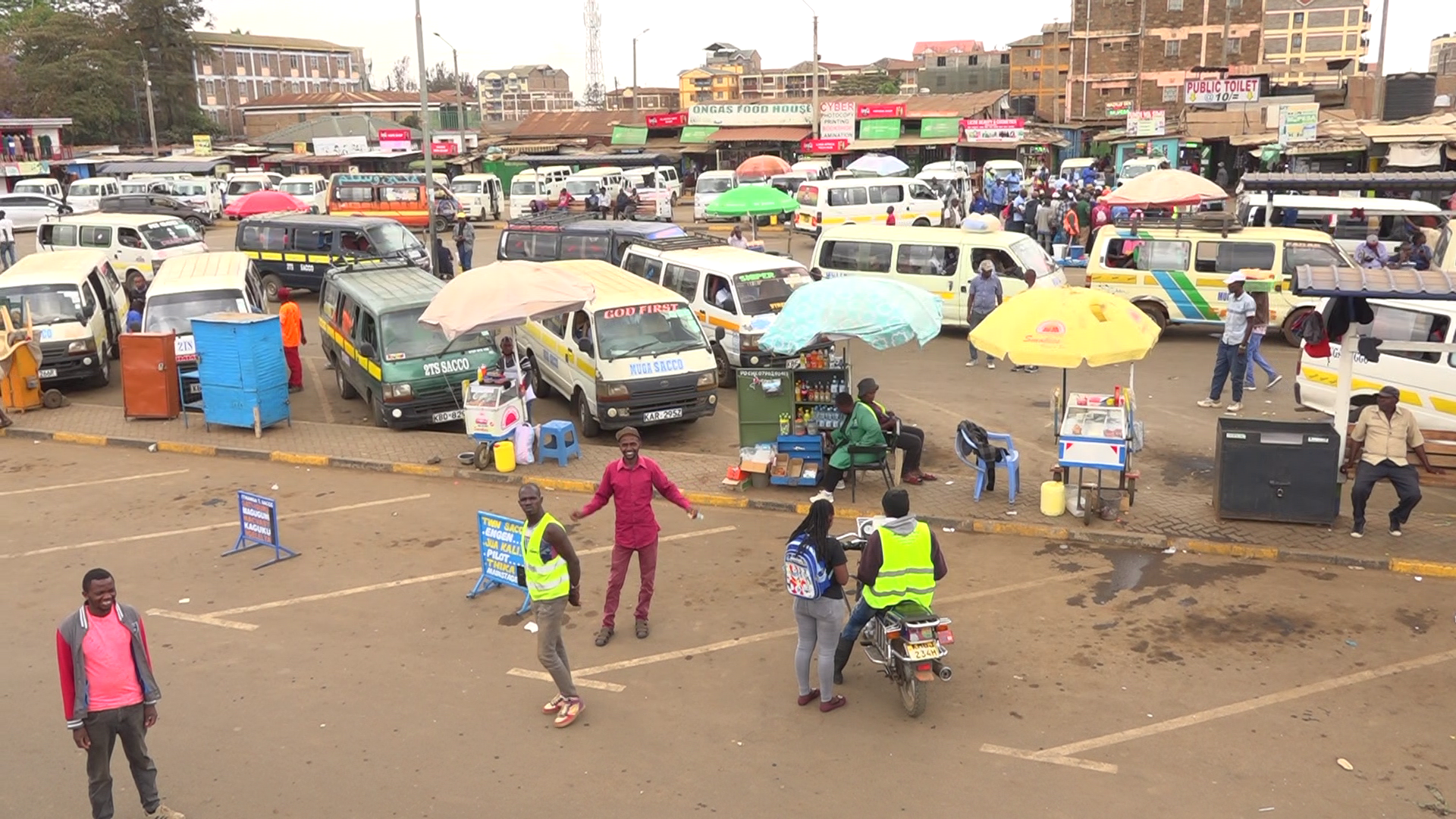Kenya Railways, (KR) is positioning its Marine Division as a key player in regional logistics, with bold plans to expand marine transport services across Lake Victoria.
With two cargo vessels — MV Uhuru I and the recently commissioned MV Uhuru II — already operating on separate routes, the state corporation is capitalizing on growing demand to open up additional maritime corridors.
According to Kenya Railways Managing Director (MD) Phillip Mainga, the renewed focus on marine transport is part of a broader strategy to enhance intermodal logistics and revitalise Kisumu Port as a central hub for East African trade.
Operations at the rehabilitated Kisumu Port began between 2020 and 2021. “Back then, this area was completely overgrown with grass and weeds—you couldn’t even access it,” said Mainga. “But through government support, we began the rehabilitation process and are now seeing the impact.”
Mainga said in Kisumu that the Marine Division’s first major operation, was in partnership with Gulf Energy, transporting 1.1 million litres of fuel from Kenya Pipeline depot in Kisumu to Jinja in Uganda.
ALSO READ:
Agriculture CS urges counties to protect ASK lands against grabbers, encroachment
Since then, he added, traffic has expanded with the use of the new MV Uhuru II, which currently ferries steel, fertiliser, and cement to Uganda and Tanzania.
“Currently, we operate MV Uhuru II from this point to Uganda, carrying goods such as steel to the Port of Jinja. We’re also transporting fertilizers and cement to Mwanza in Tanzania. These vessels have a capacity of up to 1,000 tonnes per trip,” he said.
The vessel, he said, was now doing approximately three trips a week, enhancing last-mile delivery of goods from the port of Mombasa to Mwanza (Tanzania), Jinja (Uganda) and Port Bell (Uganda).
“Each trip takes about a day and a half. We travel for nine hours, spend six to seven hours offloading, and then return within about 24 hours. Multiply that by three trips a week, and you’re looking at around 72 hours—a full three to four days of solid work per week. That is full optimization of our resources,” he said.
ALSO READ:
Gov’t to support 70 SMEs in every Ward via NYOTA program – Kindiki says
Accessing Mwanza directly from Kisumu, he added, has proved a profitable route, with various goods shipped to Tanzania through the Port of Kisumu with prospects of opening up more routes.
As the demand grows, Kenya Railways, he said, was in negotiations with Tanzania to kick start operations at Bukoba to further spread its wings in the East African nation.
“We have already engaged our counterparts in Tanzania and sent a team there to explore potential collaboration, similar to what we have established with Jinja and Port Bell in Uganda,” he said.
With the ongoing repairs at the Kijabe-Longonot Metre Gauge Railway line which was destroyed by heavy rains nearing completion, the MD said Kenya Railways was projecting a rapid growth in cargo volumes justifying the opening of more destinations.
ALSO READ:
Kisumu County to sets up various interventions to empower SMEs; Deputy Governor reveals
“Kijabe was seriously affected. We have 12 Culverts to do there. We have already done four and by August we will have completed it; then we reopen the line,” he said.
As the Kenya Ports Authority (KPA) moves to construct landing sites and piers along the five counties of Kisumu, Homa Bay, Migori, Siaya and Busia, Mainga said the demand to move cargo through the lake was set to increase tenfold, adding that the state corporation was prepared to take the lead.
“We have active contracts and are in negotiations with more clients. The service is extremely efficient. We’re trying to convince our clients—why spend 10 or 24 hours transporting goods elsewhere when it takes just nine hours via the lake?” he posed.
“This development is not only benefiting the region but also easing congestion on roads and railways. We believe the lake route offers a cheaper, faster alternative for transporting exports to Uganda, Rwanda, Burundi, and the Democratic Republic of Congo,” Mainga added.
ALSO READ:
Why SACCOs are reluctant to use Credit Scores in loan appraisals
The effect of the business, he added, was already being felt in Kisumu and its environs, adding that the projected growth was expected to create more job opportunities as the drive to revive lake transport, which had collapsed, gains momentum.
MV Uhuru II Captain Terry Meringo said the vessel could handle up to five trips per week, noting that increased trade volumes would make more frequent trips viable.
“As more vessels begin operations on the lake, there’s need for proper demarcation of routes to prevent accidents involving fishing boats,” he cautioned. “We must create awareness and sensitize our fishermen to avert loss of lives.”
By Fredrick Odiero
Get more stories from our website: Sacco Review.
For comments and clarifications, write to: Saccoreview@
Kindly follow us via our social media pages on Facebook: Sacco Review Newspaper for timely updates
Stay ahead of the pack! Grab the latest Sacco Review newspaper!



